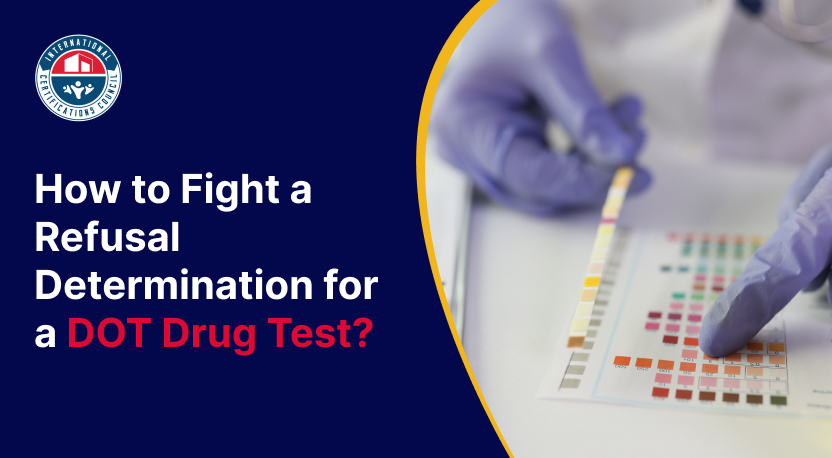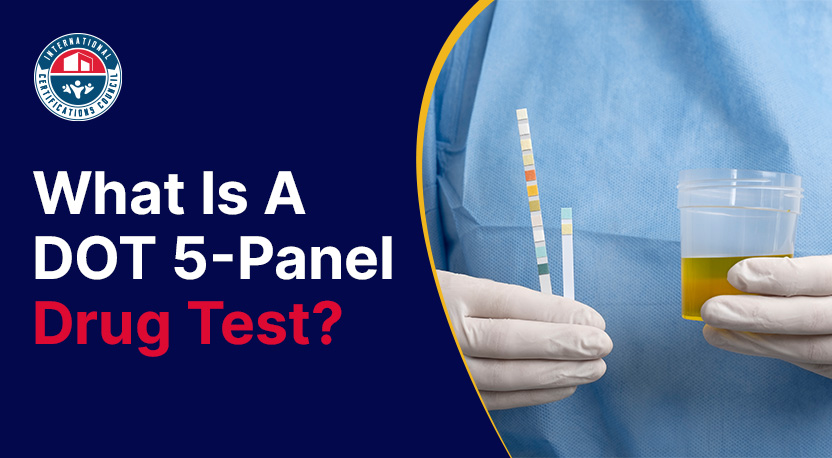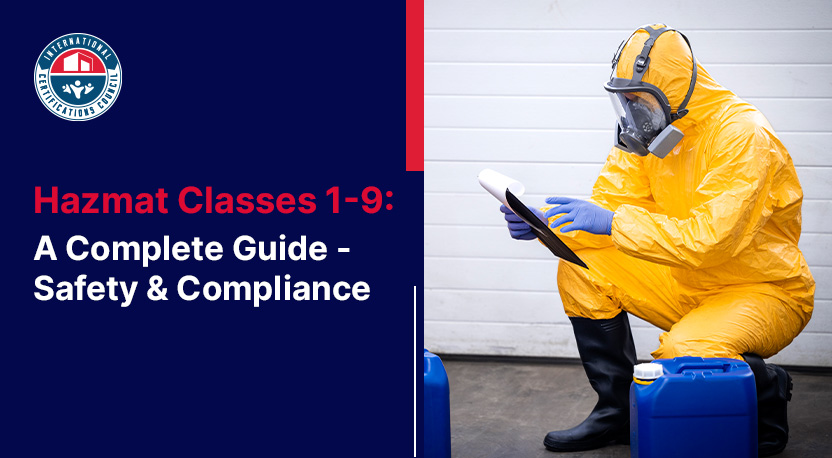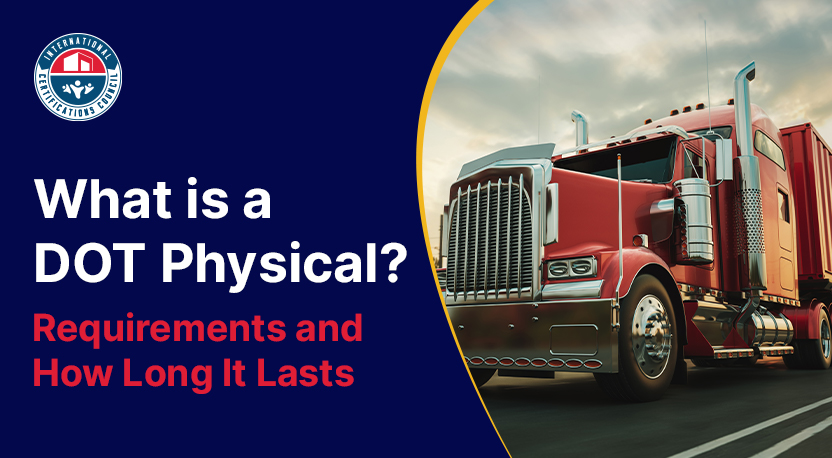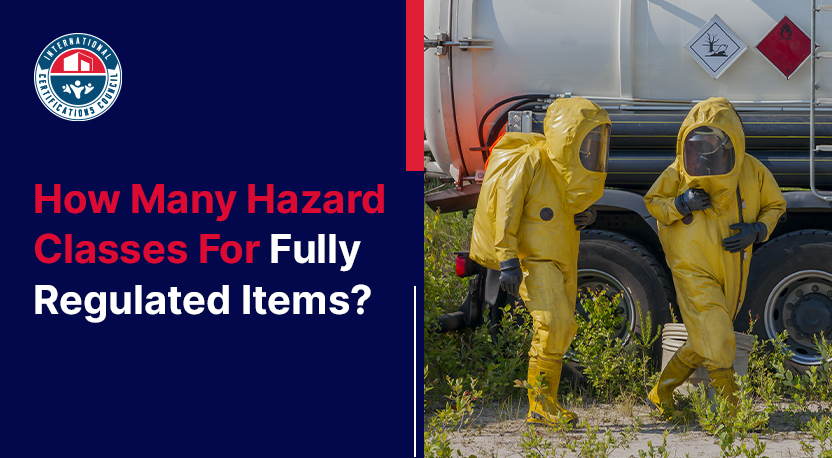Understanding DOT Inspection Levels
DOT inspections aren't all the same. There are six levels. Each one digs into different areas of your operation. Level 1 is the big one. Inspectors call it the North American Standard Inspection. They'll spend 45 to 60 minutes checking both you and your vehicle. And yes, they're getting under your truck to look at everything. All 37 checkpoints get examined. Level 2 is similar but faster. Inspectors walk around your vehicle without crawling underneath. They focus on what they can see from the outside. Level 3 is driver-focused. Your truck gets a pass. But your CDL, medical card, logbook, and general condition? All fair game| Inspection Level | Focus Area | Duration | Frequency |
| Level 1 | Driver + Vehicle (Under Vehicle) | 45-60 minutes | Most Common |
| Level 2 | Driver + Vehicle (Walk-Around) | 30-45 minutes | Common |
| Level 3 | Driver Only | 15-20 minutes | Moderate |
| Level 4 | Special One-Time Item | Varies | Rare |
| Level 5 | Vehicle Only | 30-45 minutes | Moderate |
| Level 6 | Enhanced (Radioactive Materials) | 60+ minutes | Very Rare |

